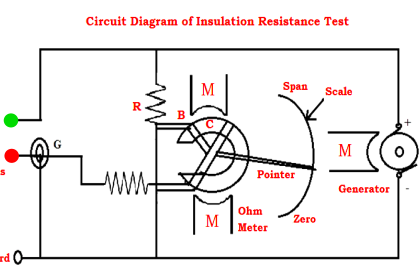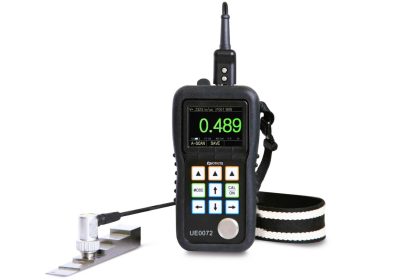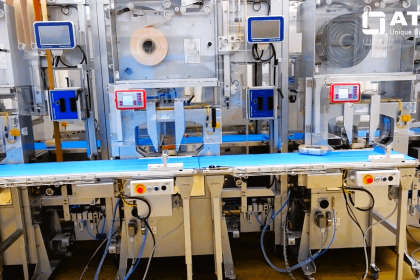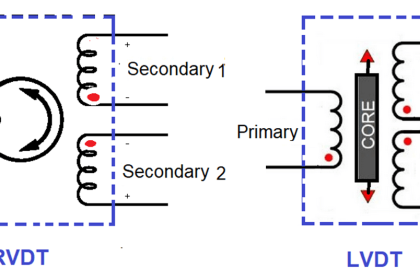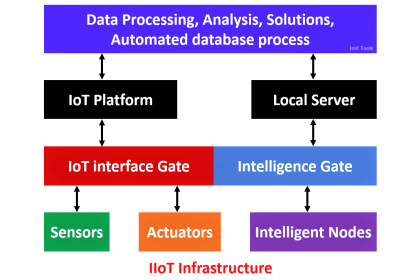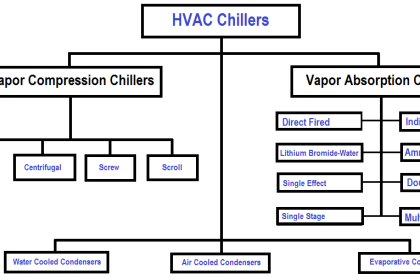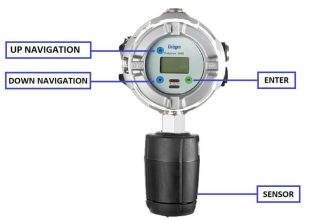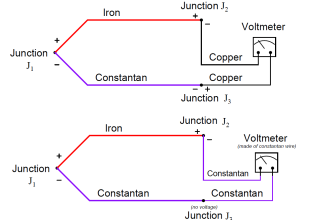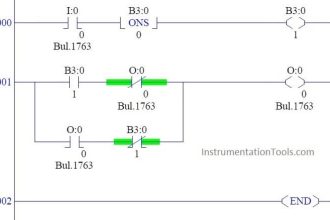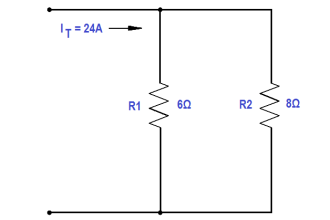In this post, we will see the concept of wireless electric vehicle charging.
In electric vehicles, the various types of charging methods used are wired, pantograph, wireless, battery swap, etc. Here, we will consider the technique of wireless charging.
As electric vehicles are rapidly making their mark in the market and overtaking standard fuel-powered vehicles, the charging of these types of vehicles has also taken a standard in its functionalities.
The great scientist Nikolas Tesla had invented wireless electric transmission. Taking note of its purpose and use, the same concept is used in charging electric vehicles.
Apart from standard wired charging, wireless charging to has taken a stand for itself in this technology.
Let us understand the basic working of wireless charging. In the same way as wireless electric transmission, wireless electric charging works with a transmitter and a receiver.
The standard AC supply of 230V – 50 Hz is converted into a high-frequency AC current, which is supplied to the transmitter coil. This coil creates an alternating magnetic field that cuts the receiver coil and produces AC power output in the receiver coil.
The resonance frequency between the transmitter and receiver needs to be maintained for proper charging and electric power production at the output. For this, compensation networks need to be added on both sides.
Finally, as charging requires a DC supply, this AC supply is rectified into a DC supply and fed to the car batteries for charging it.
Wireless charging has the main and obvious advantage of no use of wires for charging. This reduces hardware maintenance costing. But, some amount of extra power electronics is involved in this method due to its uses.
Types of Wireless Charging
Let us consider the types of operating techniques used in wireless charging:
Permanent Magnetic Gear Wireless
This technique is similar to a motor operation; so it consists of armature windings and synchronized permanent magnets on both the transmitter and receiver sides.
We know that applying AC current to the windings will induce a mechanical torque on the magnet. This rotates it and a similar rotating magnetic torque is induced in the receiver magnets.
Due to the rotation of magnets, they act as a generator as the change in a magnetic field produces an electrical field. In the generator, the mechanical field is converted into an electrical field.
This coupling of rotating magnetic fields on both sides is called magnetic gear. The final DC output power is then fed to the batteries.
Inductive Wireless
This method is quite simple and works on Faraday’s law of induction. When an electric supply is applied to magnets, it creates a magnetic field that is passed into the receiver side and generates AC power in it.
The final power generated is then passed to the car batteries.
Resonant Inductive Wireless
Resonators are basically amplifiers. They transmit energy at a much higher frequency.
Due to this, even weak magnetic fields are produced to generate a sustainable amount of energy to be given to the batteries. This is the concept that we studied earlier at the start of the topic.
Wireless Car Charging Concept
Basically, it can be concluded that a proper resonant magnetic field is the main theory driving this concept.
The transmitter consists of a charging pad on the floor and the receiver consists of another pad on the underside of the vehicle.
Once both the stations are aligned and coupled together, charging is transferred between them. If you are not familiar with charging pads, it is nothing but a surface on which the car will stand in simpler terms.
These systems are automated designed in such a way that when a car comes for charging, the wireless charging starts automatically on sensing it, and once over, the car leaves, and the charging stops immediately.
Wireless charging needs to follow many IEC standards for operation. This technique reduces the time and manpower required to charge a vehicle.
If you liked this article, then please subscribe to our YouTube Channel for Instrumentation, Electrical, PLC, and SCADA video tutorials.
You can also follow us on Facebook and Twitter to receive daily updates.
Read Next:

